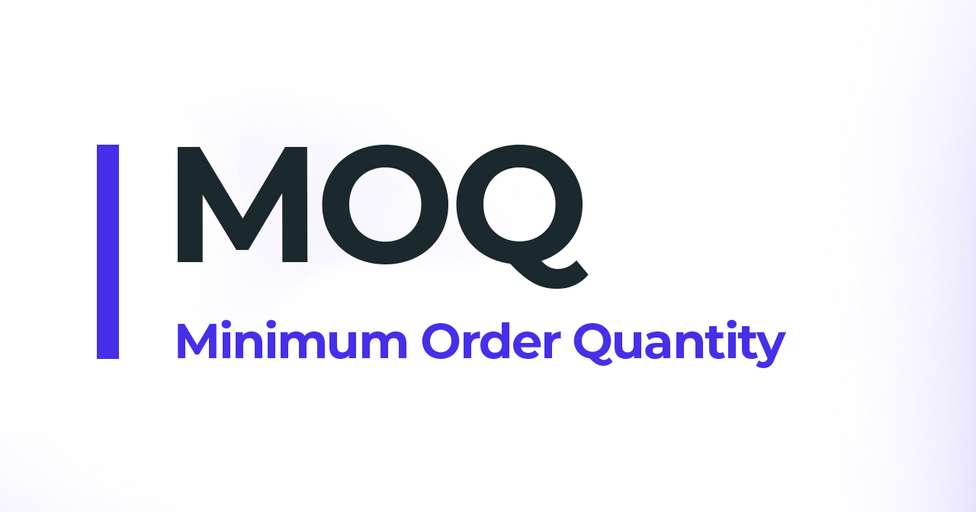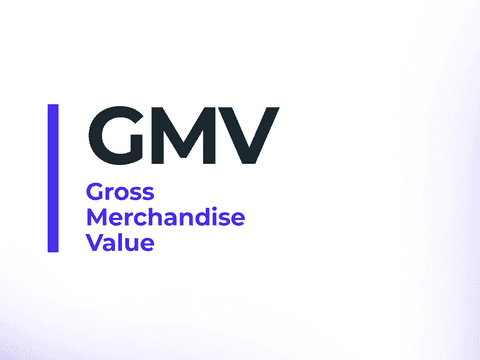Minimum order quantity (MOQ) requirements tend to be established by suppliers and manufacturers to control production and storage costs, maximising profit margins and ensuring a profitable business at all times.
For retailers who rely on third parties to receive inventory, minimum order quantities can make or break businesses, which is why we wanted to create this article to shed light on the matter and help you understand the benefits of MOQs and bulk orders for online sellers.

What is MOQ (minimum order quantity)?
MOQ — the acronym for minimum order quantity — is a term often found in the manufacturing and retail industry as it helps suppliers ensure profitability and allows retailers to manage inventory more effectively.
Many wholesale clothing platforms, such as Shewin, provide flexible MOQ options, making it easier for boutique owners or small businesses to start with manageable quantities while still enjoying the benefits of wholesale pricing.
MOQs can be based on the number (quantity) of products. This is called simple MOQ. But MOQ can be also based on both the number of items to be produced and their total value. This would be referred to as complex MOQ.

Source: Cajeando
In the retail industry, MOQ is referred to as EOQ (Economic Order Quantity). EOQ is the same as MOQ, but from the viewpoint of the business placing the order, and considering what makes sense for the retailer, not the supplier (financially speaking).
For manufacturers, it makes sense to control order quantities of products that come with a high upfront manufacturing cost, large dimensions, or have a special tendency to become obsolete.
For retailers, correctly planned MOQs guarantee the availability of stock, reduced storage costs, higher turnover, and shorter lead times. However, low MOQs can put an online selling business in danger when frequent stockouts occur.
How to calculate MOQ
Minimum order quantities can be easily calculated by following these steps:
Determine demand
For any business, and whether you’re a retailer or manufacturer, it’s important to consider the demand for your product or service before starting the production process.
Seasonality, competition, supply costs, and other factors need to be taken into account to determine the demand for your product, too. Even if you already have a market for it, it’s important to check on it every once in a while to make sure that the turnover ratio is still optimal to avoid dead stock.
If you have been running your business for a while, using historical data to forecast demand is a must that will save you unnecessary headaches and costs!
Calculate carrying or holding costs
This affects both the retailer and the manufacturer. If products need special conditions such as refrigeration, or if they take up too much space, storage costs can soon become a burden that will affect the organization of the warehouse and the safety of your employees.
For that reason, implementing a just-in-time inventory management system or cross-docking practices will not only speed up your eCommerce operations but also minimize storage costs and handling time.
Find the break-even point
To find the sweet spot where the balance of incoming and outgoing inventory is, you need to address what the best reorder point for each SKU is. This is done through the analysis of historical data (past demand) and demand forecasting (trend analysis, competition, lead time, etc.).
Calculate the time between orders (TBO) with this formula:
TBO = working days in a year / annual demandoptimal order size
The result of this formula is referred to as the ‘reorder quantity formula’ and will tell you how often you should place an order for each item in your catalog.
Use this minimum order quantity formula
Once you have all the information above, it’s time to calculate the minimum order quantity that is profitable for your business, whether you are a manufacturer or a retailer.
To do so, follow this minimum order quantity formula:
MOQ = Total Cost of Order / Unit Cost of Product
What MOQ means for eCommerce businesses: advantages
Minimum order quantities, although an inconvenience for many retailers, also unlock business potential for them:
- It reduces holding/storage costs;
- Eliminates unnecessary administrative tasks (reorders due to lack of planning);
- Fewer stockout situations;
- Gained inventory control;
- Lower purchasing costs (thanks to bulk-buying)
What MOQ means in manufacturing businesses
Together with retailers, manufacturing companies are the ones that require MOQs more often in order to:
- Maintain sustainable operations and a healthy cash flow;
- Keep inventory costs as low as possible (products are made on demand);
- Maximise profit margins thanks to economies of scale
Benefits of minimum order quantities for buyers
MOQs also have benefits for the buyers, which is why it is in the business’ interest to adapt to this trend and use minimum order quantities to their advantage. Here are some of the reasons why customers benefit from a retailer that places MOQs:
- Fewer chances for stockout situations that will lead them to buy from another store
- Faster deliveries and higher customer satisfaction thanks to product availability
Regardless of high or low MOQs are…
With Outvio you can track all your B2B and B2C orders. This all-in-one platform was created to master and streamline all the eCommerce operations of direct-to-consumer (DTC) brands. However, unlike other platforms, Outvio scales with you and can even support online stores that ship thousands of orders every month.
From fulfillment to shipping, tracking and delivery notifications, incident management and automated returns and exchanges, we’ve got you covered!
So, whether you are a B2B retailer with wholesale MOQs or the biggest online retailer in your region, fast and efficient eCommerce operations are possible (and sustainable) with Outvio.
Conclusions
Minimum order quantities are a requirement for some suppliers and manufacturers, and a recommended practice for DTC businesses, as it helps establish profitable prices by using economies of scale, keeps small production runs that are financially sustainable to a minimum, and reduces storage costs drastically.
For this reason, calculating your ideal MOQ or EOQ is a must to start benefiting from all of its advantages to offer the best services to your consumers.
And, if your business deals with both B2B orders and DTC shipments, tracking all your post-checkout operations in a single hub will impact the speed and efficiency of your online business. Try Outvio now and see for yourself!




